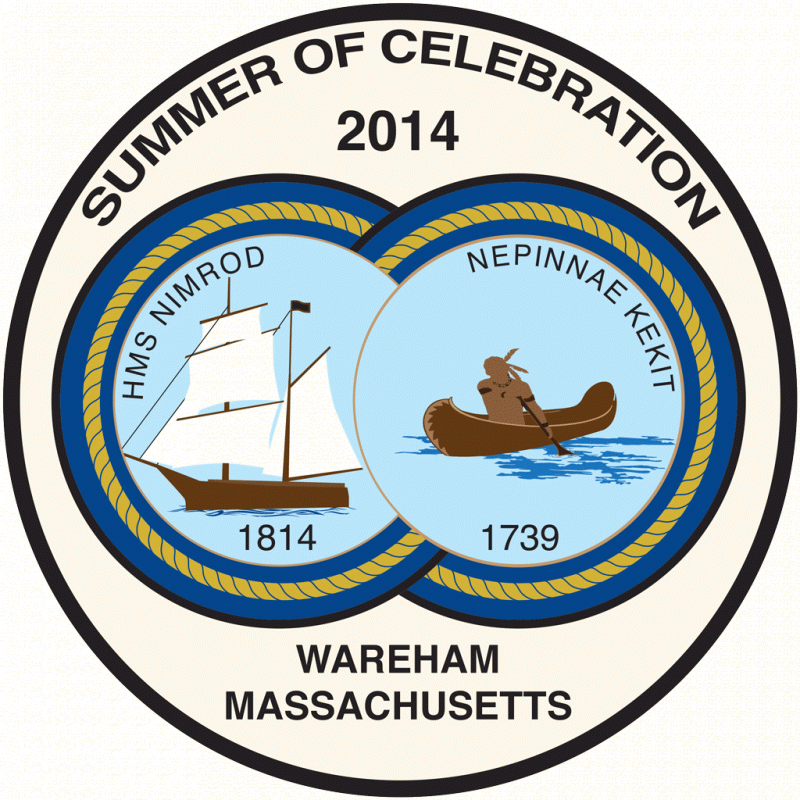DID YOU KNOW?
Although Wareham was incorporated in 1739, its history does not begin there. Did you know that it was home to three tribes of Wampanoag Indians? The region was first settled by Pilgrims in the early 1600s. This tract of land was called Agawam, meaning “a place where fish are caught.”
Agawam was purchased from the Indians by Plymouth in 1666. Known as the “Agawame Purchase,” it sold for twenty-four pounds, ten shillings to four men from Plymouth. In 1678 it was recorded to be about 8000 acres, and in 1682, the land was sold for two-hundred and eighty pounds to John Chubbuck, Samuel Bates, John Fearing, William Beale, Seth Pope, Joseph Bartlett and Josiah Lane.
These gentlemen met to lay out “home lotts” that were sixty acres each. They also set apart meadow land, a lot for a grist mill on the Agawam River near the present herring run, a place for an animal pound, roads, or “convenient publike and private high waies,” and a cemetery or “burying acre.” The oldest marked grave has been reported as that of Samuel Bates erected in 1730 in Agawam Cemetery.
The Agawam Plantation eventually extended to the shores of Buzzards Bay including Long Neck, Agawam or Great Neck, Indian Neck, Swift’s Neck, Cromeset and several islands, Onset, Wicket’s, Mashnee and Hog. The area and population grew and eventually, its citizens wanted to become a separate town. In 1738, Israel Fearing, along with a group of men, began planning for Wareham’s incorporation.













